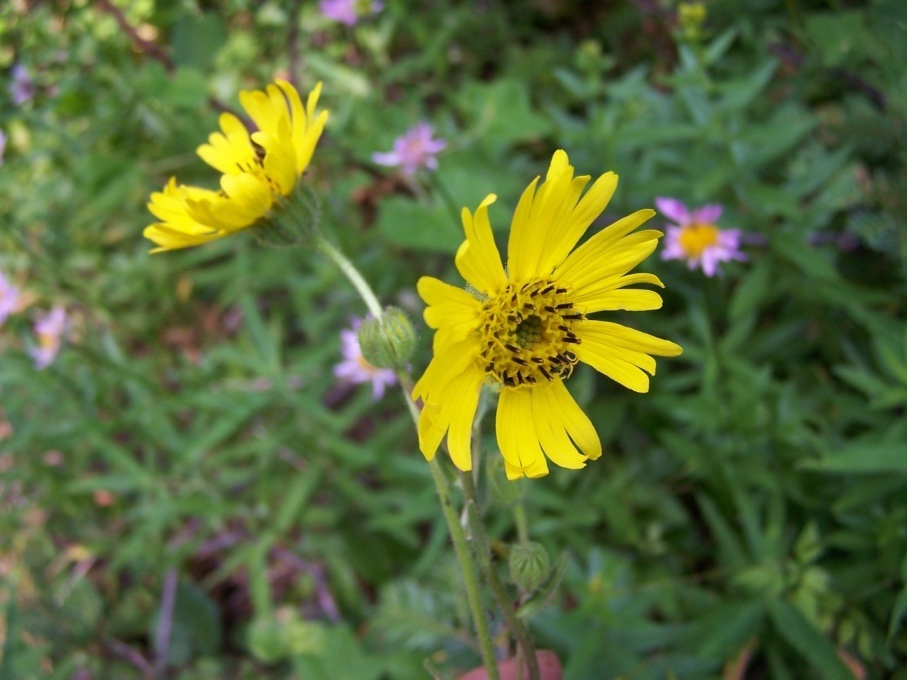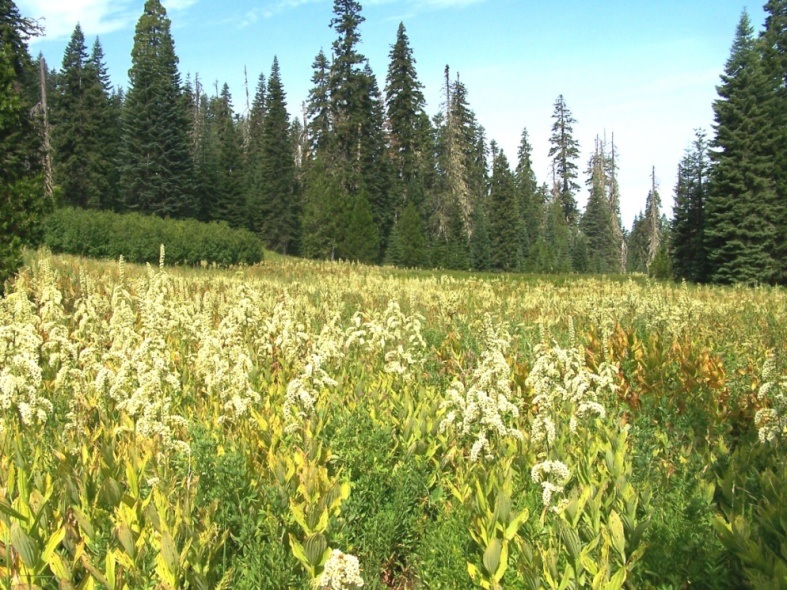A Botanical Wonderland

In a southern Cascades forest, one would expect to find mountain hemlock and Shasta red fir; thick-trunked trees with heavy bark, so tall as to appear endless. But the Rogue-Umpqua Divide holds a surprise—interspersed among the typical conifers and open, rocky outcrops, there hides a grove of Alaska yellow cedar (Callitropsis nootkatensis). These trees typically don’t grow so far south, and, to the experienced eye, they’re a delightfully unexpected sight. Spindly and graceful, with long, splayed-out leaves the color of new growth in spring, these cedars flicker tirelessly in the wind.
And the wind blows often at the crest of the Rogue-Umpqua Divide. To the west, the Umpqua Drainage stretches on, while to the east lies the Rogue Basin, darted through with Cascade peaks like Mt. Scott, Mt. McLoughlin, and Mt. Shasta. Much of the Divide is protected as Wilderness, but proposed additions such as Abbott Butte, Bitter Lick Creek, and Donegan Prairie—part of the Crater Lake Wilderness Proposal—are left vulnerable.

These valuable additions offer spectacular views, mature forest habitat, and secret meadows alight with wildflowers. Forests open up into wild, sunny clearings of tall grass and diverse flora. Of all the multitudes of flowers, the Cascade lily (Lilium washingtonianum) is one of the most beautiful. Lilium washingtonianum is found only in the mountains of Oregon and California. Its white, speckled blooms tower atop a six-foot-tall stem, nodding slightly, a giant among the meadows’ already lanky inhabitants; native plants such as the corn-like false hellebore (Veratrum viride), and Bolander’s tarweed (Kyhosia bolanderi), which, itself, can grow to over three feet. More delicate flora like mountain delphinium (Delphinium glaucum) and mountain owl clover (Orthocarpus imbricatus) dot the hillsides in splashes of purple and pink. These mountain meadows are the most lush and expansive of any in the southern Cascades.
The best time to see flowers is July through August, but September holds its treats as well—meadows ripe, not with wildflowers, but with huckleberries. To experience these forests and meadows for yourself, simply take Rd. 68 from Crater Lake Hwy. 62. And, to help ensure that these areas are designated as Wilderness—and therefore protected from logging, mining, and development—sign the Crater Lake Wilderness Proposal petition.

Here's a pdf with a hike description for the Abbott Butte Trail #1470.
Here's a pdf with a hike description for the Anderson Mountain Trail.

